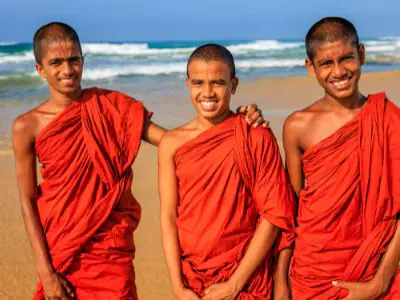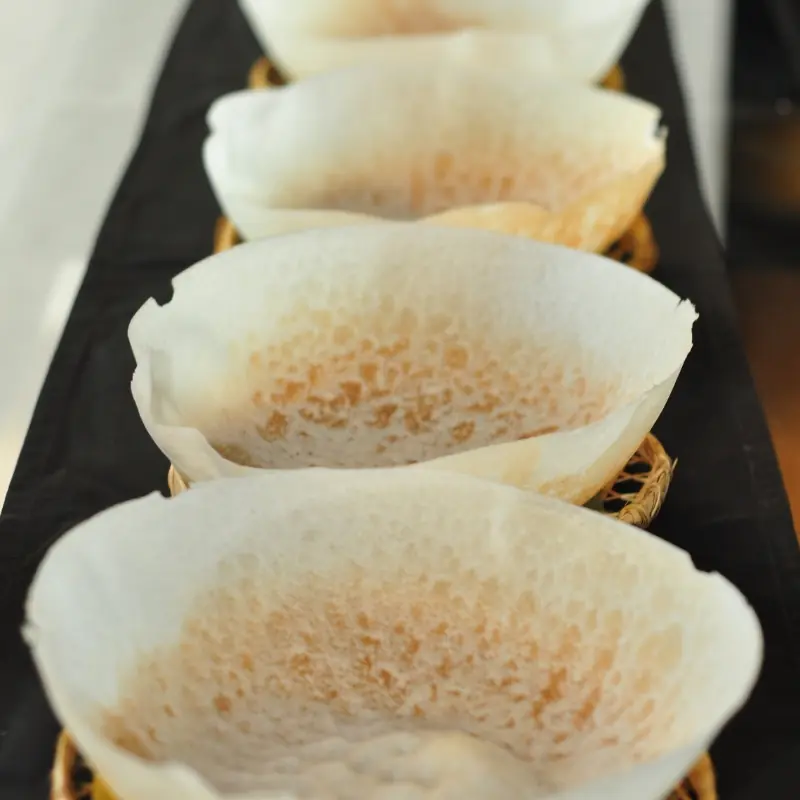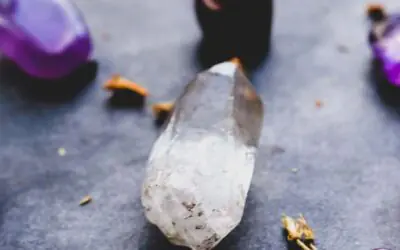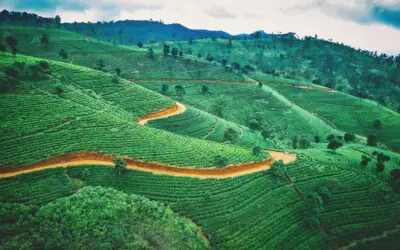People
The current population in Sri Lanka is 21.5 million which is made up of four main ethnic groups:
- Singhalese – (75%) the largest percentage of the Island’s population, and speak an Indo-Aryan language called Sinhala.
- Tamils – (15%) Tamils are subdivided into two communities, 11% Sri Lankan Tamils and 4% Indian Tamils, who are descendants of the workers brought over from India by the British as tea plantation workers
- Moors (Muslims) – (9%)
- Minor Ethnic Groups – (1%) Burghers, Malays, Parsi



The attributes of the main ethnic groups have always been disturbed by the historic fluidity caused by foreign influence. However, three main ways of life can be identified in Sri Lanka; rural, urban, and the upcountry estate community (descendants of the tea plantation workers brought from South India during the British rule).
Sri Lankans typically have strong family ties. Traditionally, the mothers are responsible for a significant amount of the housework, and the patriarch will be the father or the eldest son. Most parents never hesitate to spend their lifelong earnings for their children’s betterment, and children are expected to look after their parents when the time comes. To show respect, any adult is referred to commonly as ‘Aunty’ or ‘Uncle’ as it is considered disrespectful to address an adult by their name.
Food Culture
“Come in! Will you have a nice cup of tea with a piece of jaggery?” is a common greeting as the locals like to entertain guests with a cup of black tea. Tea is enjoyed not only after a meal but is a staple in the morning and afternoon as well. Real tea lovers prefer to drink their tea black without added milk, as they love to experience the true aroma and flavour of the drink.
Sri Lankans are heavy rice eaters. In some rural parts of the country, people prefer to have rice for all three meals. Rice is steamed as a staple food. In fact, rice can be cooked with coconut milk, spices, onions, etc, but plain red or white rice with two or three curries is quite a common lunchtime meal in any ordinary home.
Freshly squeezed coconut milk is used to make the curries thicker and creamier. String hoppers, another favourite, are messy balls of steamed rice noodles often eaten for breakfast along with a thin dhal curry and pol sambol (mix of freshly grated coconut, shallots, green chili, dried red chili flakes, ground pepper, garlic and lime juice) . Hoppers, basically a rice-flour pancake, may also be served, while some prefer Pittu – rice flour combined with grated coconut and steamed in a special cylinder for their breakfast. In most villages it is common to have a gruel called ‘Kola Kenda‘ (a sort of herbal porridge) as a healthy breakfast.




Typically, Sri Lankans eat their food using their fingers. They mix the rice and curries together using their fingertips, gather each mouthful into a little lump which rests on the four fingers before the thumb pushes it into the mouth.
Desserts are very sweet. Jaggery (boiled and set palm treacle) is the main sweetener. Buffalo-milk curd is usually served in a clay pot with a jug of palm treacle for pouring on top. There are many varieties of traditional Sri Lankan sweets which can be served as a dessert or during teatime. In Sri Lankan culture, food is treated with the highest respect and gratitude, and also with generosity, expressed by sharing and offering food to others.




